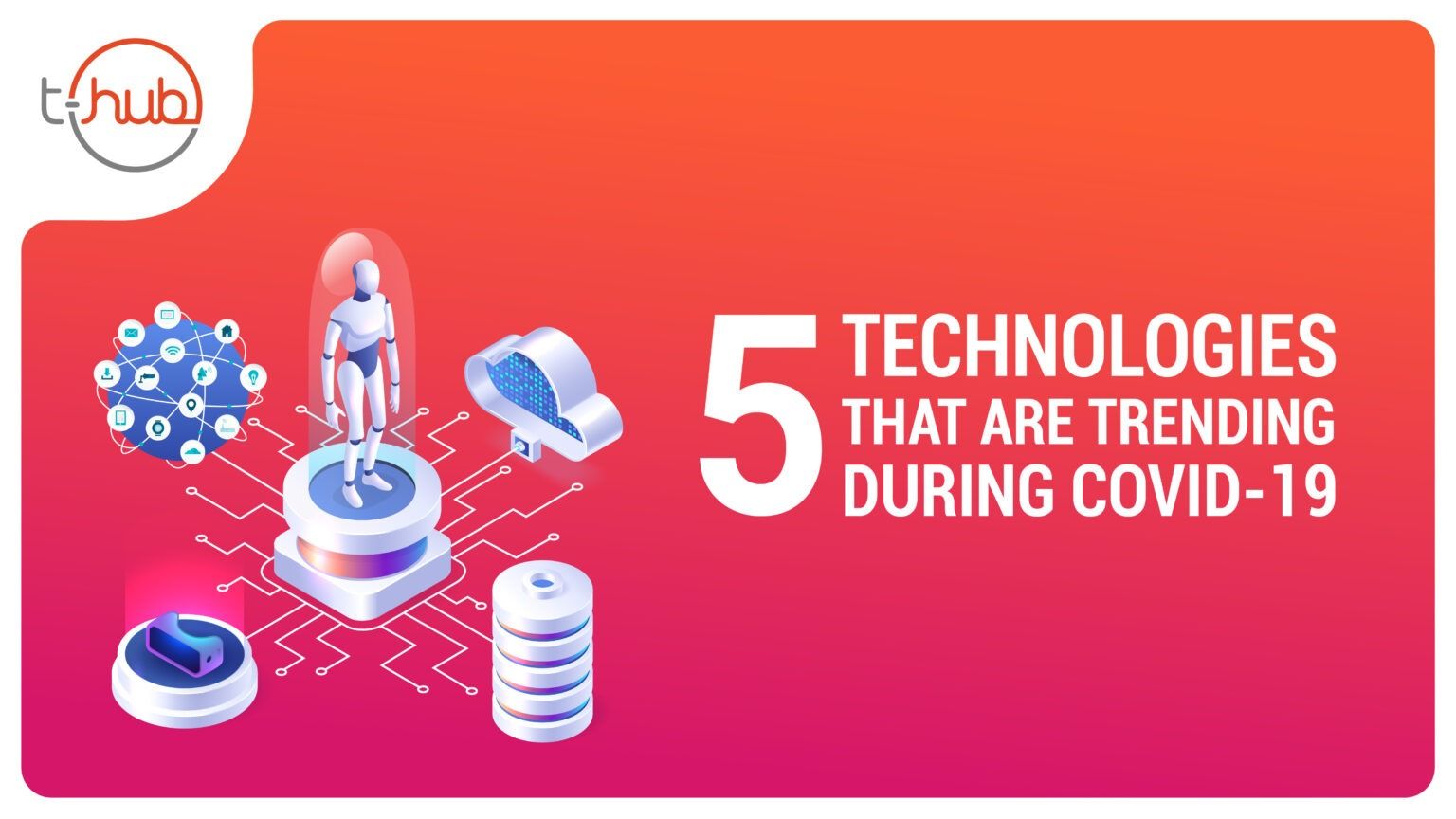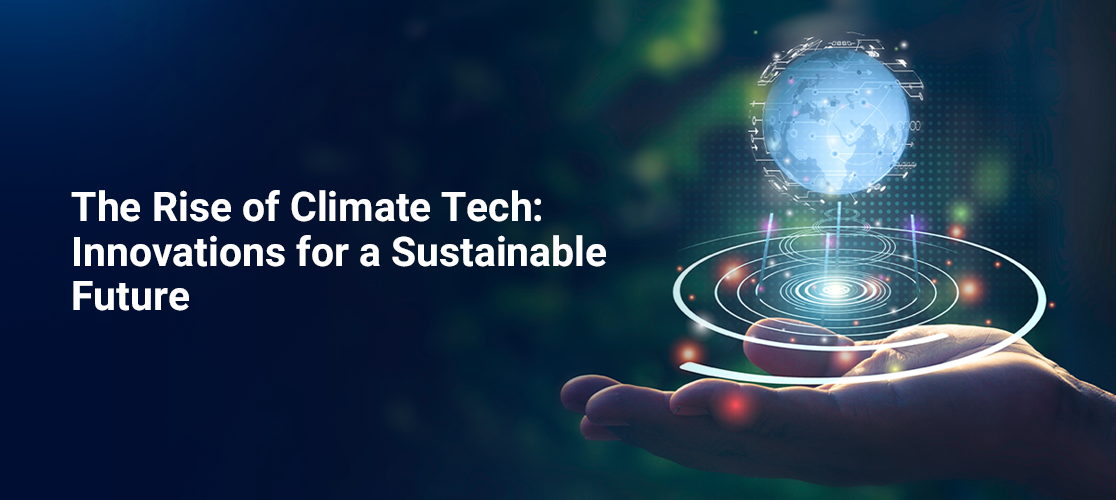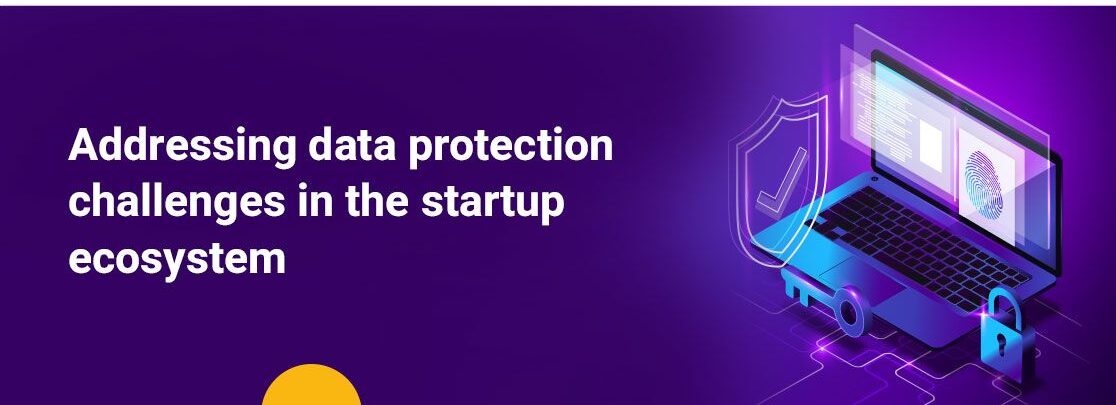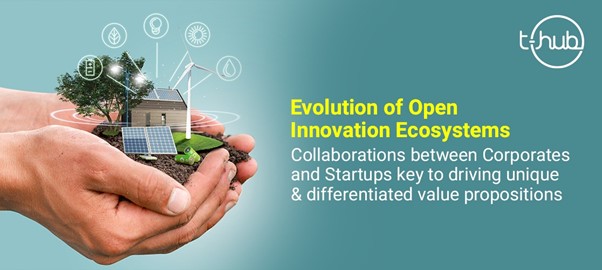The COVID-19 pandemic ushered in a new era of digital readiness. Schools and colleges shifted their classes and tests online, and brick-and-mortar banks had to go digital. Even established tech and digital service providers had to scale up their offerings to handle the increased usage and ensure smooth functioning. More and more people were now opting for e-commerce, and while online and digital payments were always popular with the millennials, even the older generation had to learn it now.
The pandemic was the ultimate catalyst for digital transformation. It forced many businesses to rethink their operations and accelerated the development of key emerging technologies.
Accelerated adoption of artificial intelligence
An industry report estimated that by 2030, AI-related products would contribute more than $15.7 trillion to the global economy. The pandemic saw a surge in the purchase of goods and services online. With machine learning and data analytics, AI can help companies detect new purchasing patterns and provide personalised experiences to online customers. As AI-enabled systems also continuously learn and evolve, it will help companies foresee, prepare and adapt to the new normal. Another popular AI application is chatbots, which can provide clients with 24/7 support. Chatbots are used in areas such as online retail, healthcare, telecommunications, banking, financial advice, insurance, dealership and government and were a crucial and much-needed service during the lockdown.
AI’s contribution to predicting customer trends will help businesses organise logistics more effectively. Machine learning could also be used to improve social media algorithms to filter fake news online. While its benefits include efficiency, speed, accuracy, and the ability to work 24/7 during difficult or dangerous times, AI comes with some threats, such as cost, code-related restrictions and machine dependency.
An inevitable shift to the cloud
The pandemic and shift to remote working saw an increase in the cloud adoption numbers. An industry report that looked at the global impact of COVID-19 on the cloud industry predicted that the cloud market size might increase from USD 233 billion in 2019 to USD 295 billion by 2021 at the Compound Annual Growth Rate (CAGR) of 12.5 per cent during the forecast period. The pandemic forced organisations to look for innovative areas to improve their revenues.
With educational institutions and offices going online, the demand for cloud-based video conferencing and teaching has increased. Many cloud service providers continue upgrading their functions to meet this demand and its challenges. As we go forward, businesses and educational institutions will most likely continue to use this technology. The increased demand will also lead to an extension of this technology in mobile applications for easier access. However, service providers will need to prioritise compliance and cloud security and find ways to develop solutions in this area as they continue to scale up cloud operations.
Enhanced experiences with extended reality
While extended reality technologies have been around for a while, the adoption of this technology in entertainment to create more immersive digital experiences has increased in popularity recently. In the past few months, more and more people used VR headsets to play video games, explore virtual travel destinations and take part in online entertainment— all from the safety of their own homes. In 2020, the virtual reality market was valued at USD 6.1 billion and is estimated to USD 20.9 billion by 2025. Companies also use VR and AR to connect and collaborate with their teams virtually. One such example is that the scientists worldwide are using a VR platform for molecular design, helping them collaborate on COVID-19 research and potential treatments.
Improved security with blockchain
With the evolution of these new technologies and the increase in the number of connected devices, the possibility of cyber threats also increases. At this time, organisations need to strengthen their cybersecurity measures, especially when their business processes are based on data-driven technologies. One of the ways to protect a business from cyber-attacks is blockchain, which is used for cryptocurrency. The data in a blockchain is managed by a cluster of computers and not owned by any single entity. As a result, data can be only added, not changed or copied. All data is secured through cryptography. In 2018, FedEx, IBM, Walmart and Mastercard invested in blockchain foreshadowing at its potential. As thousands work remotely, volumes of private data are left vulnerable. There are new areas to which these measures can be applied to such as governance, intellectual property rights, supply chain and the stock market and finances.
Blockchain is also being used to develop solutions for the COVID-19 pandemic. Once such example is the Vaccine Ledger. Developed by an Indian startup StaTwig, this Blockchain-based platform captures serial numbers, expiry dates, and other manufacturing data using 2D Bar codes. This is then used to scan each vaccine at various touch points to track and trace its journey from the manufacturer to the end-consumer.
Increased innovation with IoT
Integrated with sensors, inbuilt technologies and functional software, IoT devices have become a central part of our daily lives, such as smart devices for our home, wearable technologies, safety monitoring and waste management in smart cities. This technology will help us predict and treat health issues and illnesses before any symptoms appear. It will also help develop more personalised and customised medical treatments.
IoT also fuels edge computing, wherein the data storage and computation are closer to the businesses, which saves bandwidth and reduces response times. IoT will also enable many new opportunities to transform the user experience. IoT is an automated tool that saves both time and money and provides a better quality of life. However, the security risks, lack of global compatibility standards and partial unemployment in the manual sector are some pressing concerns that should be addressed.
Undoubtedly, COVID-19 has sped up digital transformation worldwide. The rollout of 5G and edge computing will boost computing power and help create the next generation of IoT platforms. The integration of AI with IoT will result in the artificial intelligence of things (AIoT), which will further enable IoT devices to carry out data analytics and execute decisions without any human involvement. A common factor in all these innovations is that these technologies reduce human-to-human contact, automate processes and increase productivity amid social distancing. While the pandemic accelerated the adoption of technology, the same technology will also accelerate our way out of the pandemic and help us adjust to the new normal.






